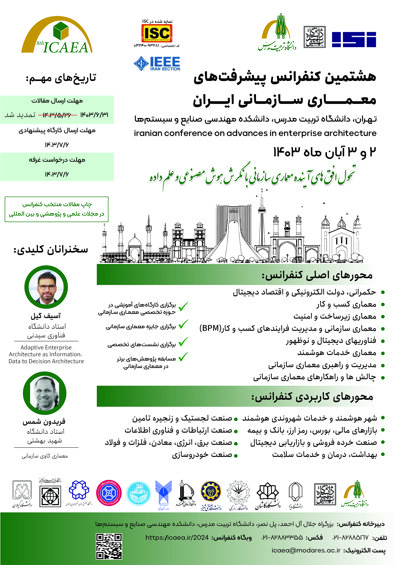0% Complete

نویسندگان :
کلمات کلیدی :
چکیده :
لیست مقالات بایگانی شده
رضا صفدری - زهراسادات آزادمنجیر
حسین صادقی جلال آبادی - شهره آجودانیان
دکتر پریماه محمدپور - دکتر عبدالمجید سعادتنژاد
Mojtaba Rezaie - Zahra Mirzahosein - Hatef Rasouli
راضیه بزی اصغر - دکتر بابک شیرازی
Faride Latifi - Ramin Nassiri - Mehran Mohsenzadeh - Hamidreza Mostafaei
علی راضی - دکتر رضا رضایی - دکتر احمد علی یزدان پناه
محسن محمدی جرجافکی - دکتر بهار فراهانی
سید حامد موحدمحمدی - دکتر اکبر نبی الهی سید حامد موحدمحمدی - اکبر نبی الهی -
رقیه حاجیان آرانی - دکتر حیدر قاسم زاده




